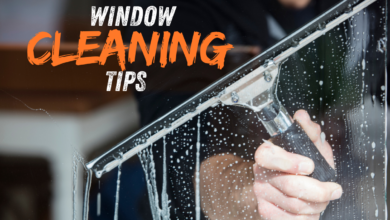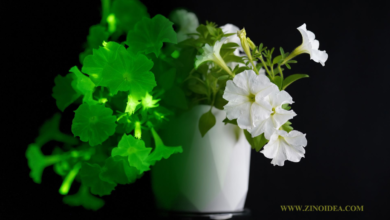Houseplants Toxic to Cats: A Comprehensive Guide
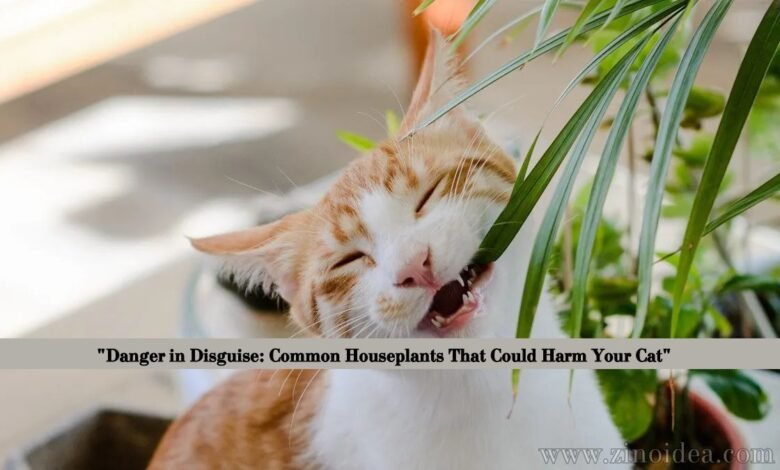
As much as we love to decorate our homes with beautiful houseplants, it’s essential to be aware of the potential dangers they pose to our feline friends. Cats are curious creatures, and their tendency to nibble on plants can lead to severe health issues if the plant is toxic. In this article, we provide an exhaustive list of houseplants toxic to cats, detailed descriptions of their harmful effects, and safer alternatives to keep your home cat-friendly.
Understanding Houseplants Toxic to Cats
Cats can suffer from various symptoms when they ingest toxic plants. These can range from mild gastrointestinal upset to severe neurological symptoms or even death. Recognizing the symptoms early and knowing which plants to avoid is crucial in protecting your pet.
Common Houseplants Toxic to Cats
1. Lilies (Lilium spp.)
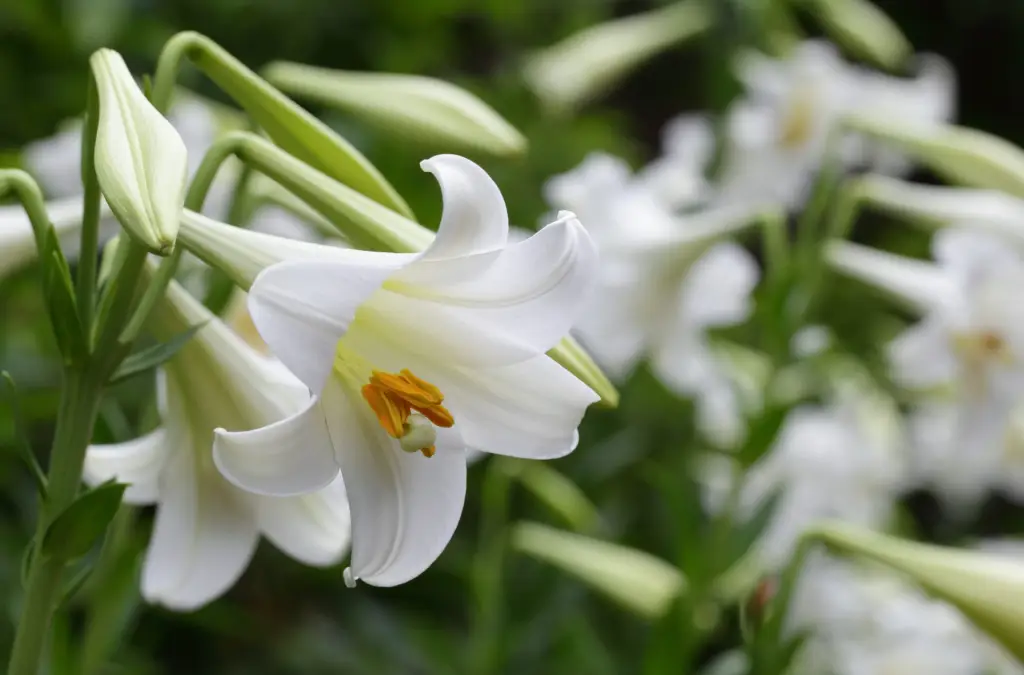
Lilies are highly toxic to cats. Even small amounts of the plant, including petals, leaves, pollen, or water from the vase, can cause severe kidney failure. Symptoms include vomiting, lethargy, and loss of appetite. Immediate veterinary care is crucial if a cat has ingested any part of a lily.
2. Aloe Vera (Aloe barbadensis miller)

While aloe vera is known for its medicinal properties in humans, it’s harmful to cats. Ingesting aloe can cause vomiting, diarrhea, lethargy, and changes in urine color. The toxic principle in aloe is saponins, which affect the digestive system.
3. Sago Palm (Cycas revoluta)

The sago palm is extremely toxic to cats. All parts of the plant, especially the seeds, contain cycasin, a toxin that can cause liver failure. Symptoms include vomiting, diarrhea, seizures, and jaundice. Ingestion of this plant can be fatal, so immediate veterinary intervention is necessary.
4. Dieffenbachia (Dieffenbachia spp.)

Commonly known as dumb cane, dieffenbachia contains insoluble calcium oxalates that can cause oral irritation, excessive drooling, vomiting, and difficulty swallowing. Severe cases can result in swelling of the upper airway, leading to breathing difficulties.
5. Oleander (Nerium oleander)

Oleander is a highly toxic plant that affects the heart. Ingestion can lead to severe cardiac arrhythmias, vomiting, diarrhea, and even death. All parts of the plant are poisonous, and even a small amount can be lethal to cats.
6. Pothos (Epipremnum aureum)
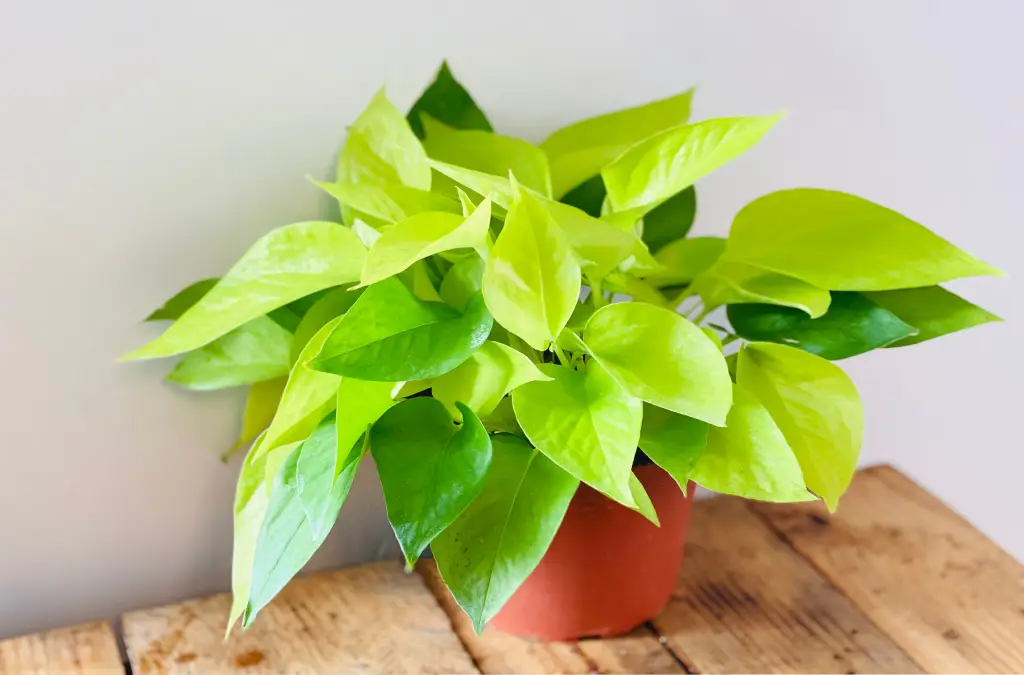
Pothos, also known as devil’s ivy, contains insoluble calcium oxalates that cause oral irritation, intense burning, and swelling of the mouth, tongue, and lips. Ingestion can also result in vomiting and difficulty swallowing.
7. Philodendron (Philodendron spp.)
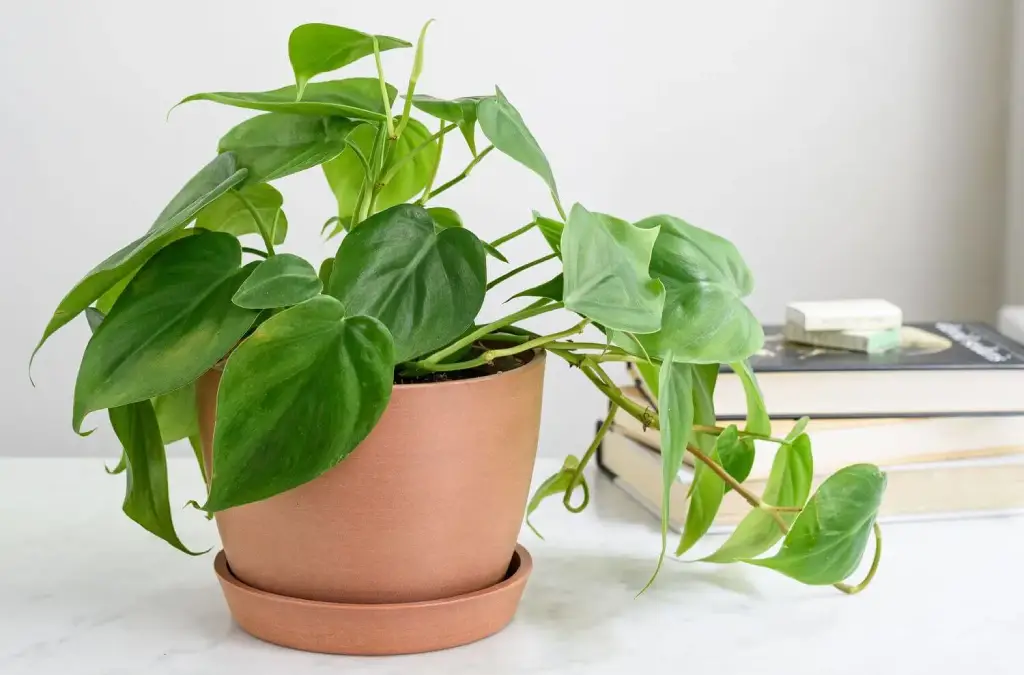
Philodendrons are popular houseplants but are toxic to cats. They contain calcium oxalate crystals that cause oral irritation, excessive drooling, vomiting, and difficulty swallowing.
8. Peace Lily (Spathiphyllum spp.)

Despite its name, the peace lily is not a true lily, but it is still toxic to cats. It contains calcium oxalate crystals that cause oral irritation, excessive drooling, vomiting, and difficulty swallowing. In severe cases, ingestion can lead to kidney failure.
9. Snake Plant (Sansevieria trifasciata)

The snake plant, also known as mother-in-law’s tongue, contains saponins that cause nausea, vomiting, and diarrhea if ingested by cats.
10. Jade Plant (Crassula ovata)

The jade plant, also known as the rubber plant, can cause vomiting, depression, ataxia (loss of coordination), and a slow heart rate if ingested by cats.
Symptoms of Plant Poisoning in Cats
Recognizing the symptoms of plant poisoning is critical for timely intervention. Common symptoms include:

- Vomiting
- Diarrhea
- Lethargy
- Drooling
- Loss of appetite
- Difficulty breathing
- Seizures
If you suspect your cat has ingested a toxic plant, contact your veterinarian immediately.
Safe Alternatives to Toxic Houseplants
Fortunately, there are many non-toxic houseplants that can beautify your home without posing a risk to your cat. Here are some safe alternatives:
1. Spider Plant (Chlorophytum comosum)

Spider plants are not only safe for cats but are also excellent air purifiers. They are easy to care for and can thrive in various light conditions.
2. Boston Fern (Nephrolepis exaltata)
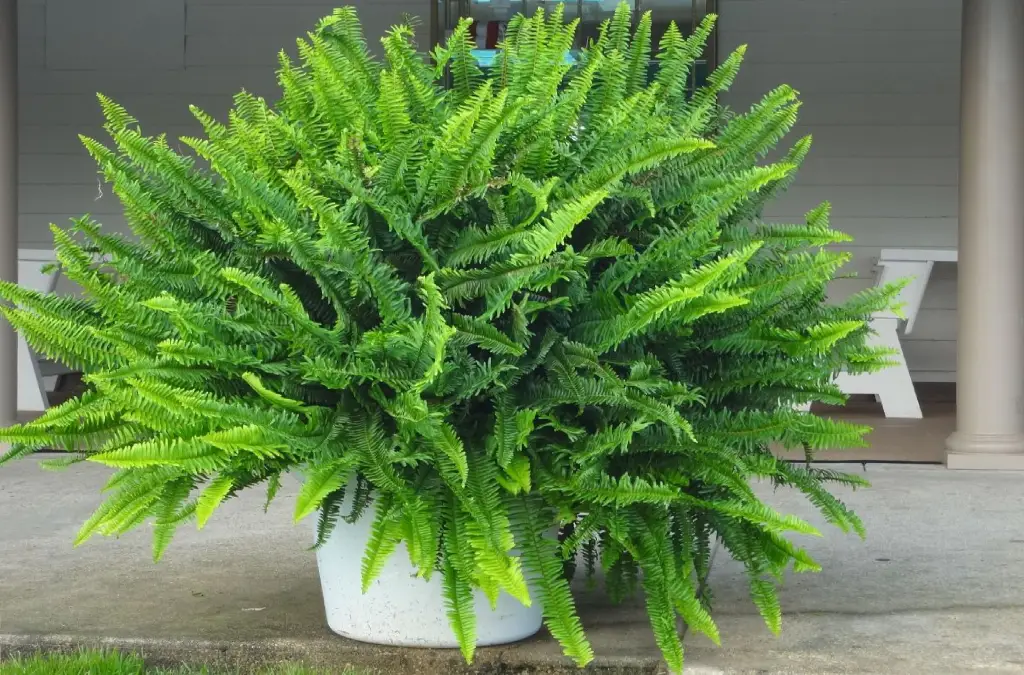
Boston ferns are safe for cats and add a lush, green touch to any indoor space. They prefer indirect light and high humidity.
3. Areca Palm (Dypsis lutescens)
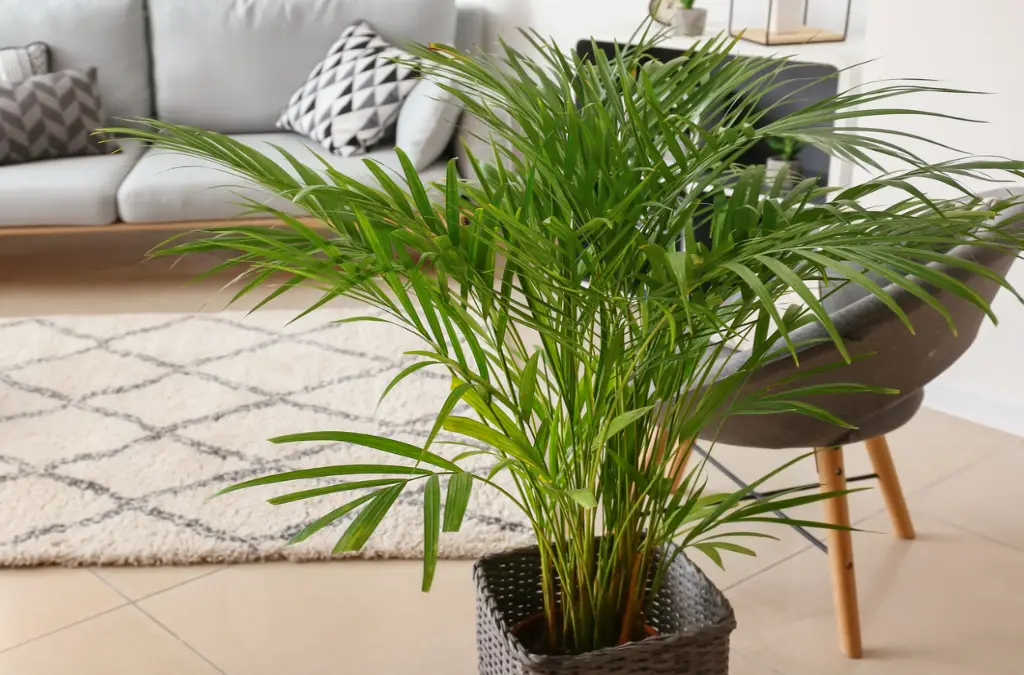
The areca palm is a beautiful, non-toxic plant that is safe for cats. It prefers bright, indirect light and regular watering.
4. Calathea (Calathea spp.)
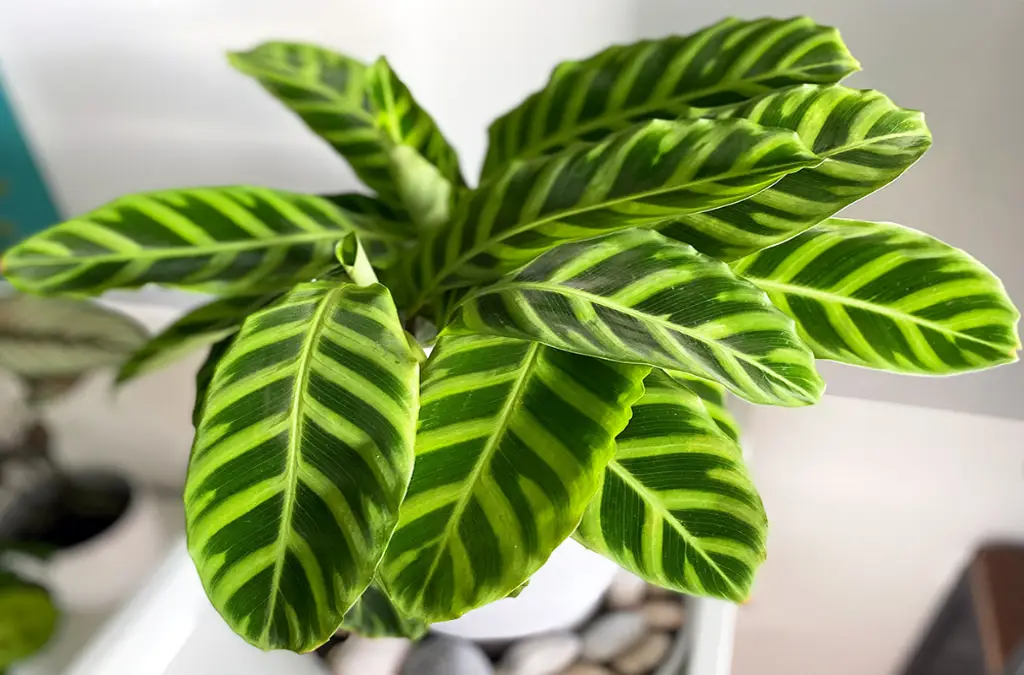
Calatheas are known for their stunning foliage and are safe for cats. They thrive in indirect light and require regular watering to keep the soil moist.
5. Friendship Plant (Pilea involucrata)
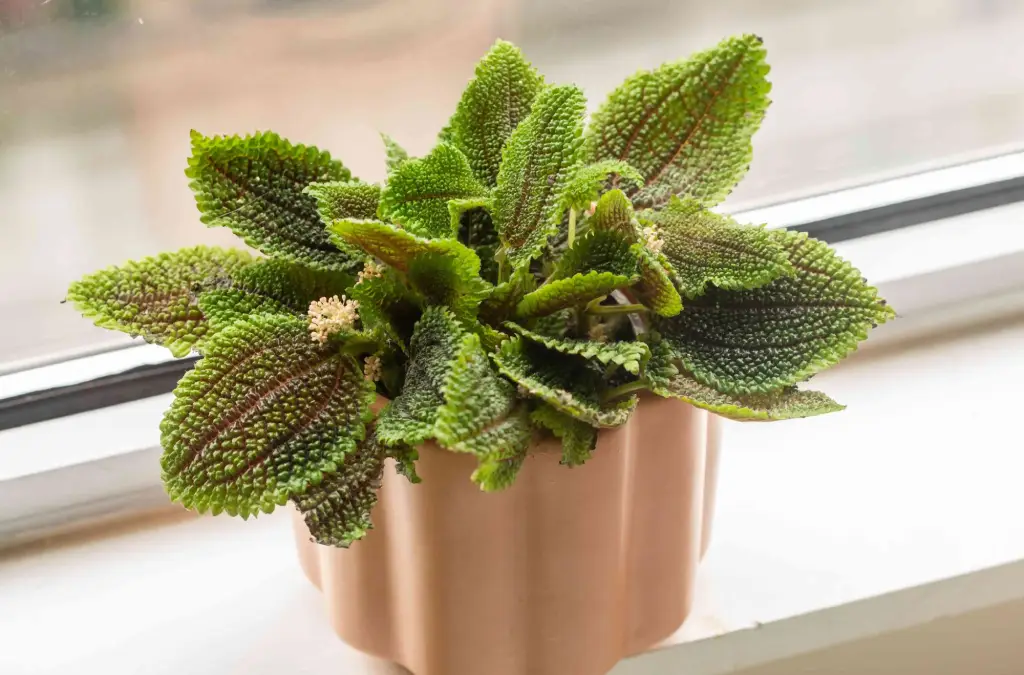
The friendship plant is safe for cats and has attractive, textured leaves. It prefers bright, indirect light and moderate watering.
Preventing Plant Poisoning in Cats
To keep your cat safe, consider the following tips:
- Identify and Remove Toxic Plants: Remove any known toxic plants from your home or place them in areas inaccessible to your cat.
- Create a Cat-Friendly Environment: Provide your cat with safe plants to chew on, such as cat grass or catnip.
- Supervise Outdoor Access: If your cat goes outside, supervise their activities to prevent them from ingesting toxic plants in the yard.
Protecting your cat from toxic houseplants requires awareness and proactive measures. By identifying and removing harmful plants and choosing safe alternatives, you can create a beautiful and cat-friendly home. Always monitor your cat for signs of plant poisoning and seek immediate veterinary care if you suspect ingestion of a toxic plant.
